Workers of Vuong Thanh Cong Production and Trading Company Limited ( Dak Lak ) harvest coffee. Photo: Tuan Anh/VNA
In the world coffee market last week, at the end of the trading session on September 26, coffee prices on both the London and New York exchanges maintained a strong upward trend. Robusta coffee prices on the London exchange for November 2025 delivery increased by 107 USD/ton, equivalent to 2.6%, to 4,201 USD/ton, while Arabica coffee prices on the New York exchange for December 2025 delivery increased by 6.7 US cents/lb, equivalent to 1.8%, to 3.78 USD/lb (1 lb = 0.4535 kg).
According to Mr. Le Duc Huy, Chairman of the Board of Members of Dak Lak 2-9 Import-Export Company Limited (Simexco Daklak), the company's coffee export value in the first 8 months of 2025 increased by 60-70% compared to the same period in 2024, in line with the general trend of the industry. The main reason is that the price of Arabica and Robusta coffee in the world market increased to a record level due to a shortage of global supply, while the quality of Vietnamese Robusta coffee is considered superior to that of many other producing countries.
Vietnam's coffee exports have received more positive signals as the European Union (EU) recently decided to postpone the implementation of the EU Deforestation Regulation (EUDR) to December 30, 2026, instead of 2024 as originally planned. This is the second time the regulation has been delayed, after the European Commission (EC) moved the deadline to the end of 2025.
According to experts and businesses in the industry, the one-year extension of the EUDR implementation will give Vietnamese coffee businesses more time to review their supply chains, invest in traceability technology and strengthen compliance capacity, in order to better meet the strict requirements of the EU market. The EU is the largest market for Vietnamese coffee exports, accounting for over 63% in the first 8 months of 2025.
Exported rice products of Vinh Phat Rice Company Limited ( An Giang ). Photo: Vu Sinh/VNA
Regarding the rice market, according to the Vietnam Food Association, last week, prices of all types of rice in the Mekong Delta increased compared to the previous week.
Specifically, the highest price of fragrant rice in the field is 5,950 VND/kg, the average price is 5,621 VND/kg, an increase of 114 VND/kg. For normal rice, the highest is 5,350 VND/kg, the average is 5,286 VND/kg, an increase of 93 VND/kg.
The highest price of raw brown rice grade 1 is 9,050 VND/kg and the average price is 8,583 VND/kg; the highest price of raw brown rice grade 2 is 8,325 VND/kg, the average price is 8,200 VND/kg.
The highest price of grade 1 white rice is 10,450 VND/kg, the average price is 9,890 VND/kg, an increase of 90 VND/kg. Grade 2 white rice increased by 95 VND/kg, the highest price is 9,250 VND/kg.
According to the update of the Department of Agriculture and Environment of An Giang, the prices of some types of fresh rice purchased by traders are: IR 50404 rice at 4,700 - 4,900 VND/kg; OM 380 rice from 5,700 - 5,800 VND/kg; OM 5451 rice fluctuates at 5,300 - 5,400 VND/kg; OM 18 from 5,600 - 5,700 VND/kg; Dai Thom 8 from 6,100 - 6,200 VND/kg; Nang Hoa from 6,00 - 6,200 VND/kg...
In the retail market in An Giang, regular rice costs from 13,000 - 14,000 VND/kg; long-grain fragrant rice from 20,000 - 22,000 VND/kg; Jasmine rice from 16,000 - 18,000 VND/kg; common white rice 16,000 VND/kg, Nang Hoa rice 21,000 VND/kg; Huong Lai rice 22,000 VND/kg; Taiwanese fragrant rice 20,000 VND/kg; Soc rice usually fluctuates at 17,000 VND/kg; Soc Thai rice costs 20,000 VND/kg; Japanese rice costs 22,000 VND/kg...
The price of IR 504 raw rice is at 8,000 - 8,200 VND/kg, IR 504 finished rice is from 9,500 - 9,700 VND/kg; OM 380 raw rice is from 8,450 - 8,550 VND/kg; OM 380 finished rice fluctuates at 8,800 - 9,000 VND/kg.
For by-products, the price of by-products of all kinds fluctuates between 7,400 and 9,000 VND/kg. The price of dry bran is at 9,000 and 10,000 VND/kg.
Regarding export rice prices, the Vietnam Food Association said that the price of 5% broken rice from Vietnam was offered on September 25 at 440-465 USD/ton, equivalent to the previous week.
Meanwhile, Thai rice export prices fell to their lowest in nearly nine years last week due to weak demand, while Indian rice prices remained steady after hitting a three-year low last week.
Thailand’s 5% broken rice was quoted at $350 a tonne, its lowest since November 2016, down from $360 last week. Traders attributed the fall mainly to ample supply and weak demand.
A Bangkok-based trader said the relatively high prices of Thai rice compared to competitors have kept buyers away. Thai exporters can only sell to regular buyers, while others choose to buy rice from cheaper competitors such as India and Vietnam.
India’s 5% broken parboiled rice prices were quoted at $354-$362 a tonne this week, unchanged from last week when they hit a three-year low. India’s 5% broken white rice prices were quoted at $369-$375 a tonne.
A Mumbai-based trader said the fall in prices had prompted buyers to delay purchases, hoping for further price falls. India’s rice stocks in state warehouses rose more than 14% from a year earlier to a record high in early September 2025, according to official data released earlier this week.
Farmers harvest soybeans at a farm in Scribber, Nebraska, US. Photo: AFP/TTXVN
In the US agricultural market, soybean futures on the Chicago Board of Trade (CBOT) increased slightly in the session on September 26, but recorded a second consecutive weekly decline, after China bought a large amount of this agricultural product from Argentina last week. Meanwhile, wheat and corn futures closed down.
Soybeans for November 2025 delivery rose 1.5 cents to $10.13 a bushel in the final session of the week and were down about 1.1% for the week. Meanwhile, corn for December 2025 delivery fell 3.75 cents to $4.22 a bushel, while soft red winter wheat for the same period fell 7.25 cents to $5.19 a bushel (1 bushel of corn = 25.4 kg; 1 bushel of wheat, soybean = 27.2 kg).
Soybean prices have been under pressure this week as Chinese demand for U.S. soybeans has been hit by lower tariffs in the trade war between the two countries. U.S. soybeans have been disadvantaged in China, the top export market for the United States, this harvest season as retaliatory tariffs have made U.S. soybeans more expensive for Chinese buyers.
After Argentina temporarily abolished its grain and by-product export tax, about 40 shipments of soybeans from the country have been registered for export in November 2025 and December 2025, mainly headed to China.
The ongoing U.S. soybean and corn harvests are adding further pressure to futures prices. The U.S. Department of Agriculture is scheduled to release its weekly update on the progress of the harvest on September 29. The agency will also release quarterly data on U.S. grain stocks a day later.
Source: https://baotintuc.vn/thi-truong-tien-te/ca-phe-viet-nam-huong-loi-tu-the-gioi-gia-len-muc-cao-nhat-2-tuan-qua-20250928160729009.htm


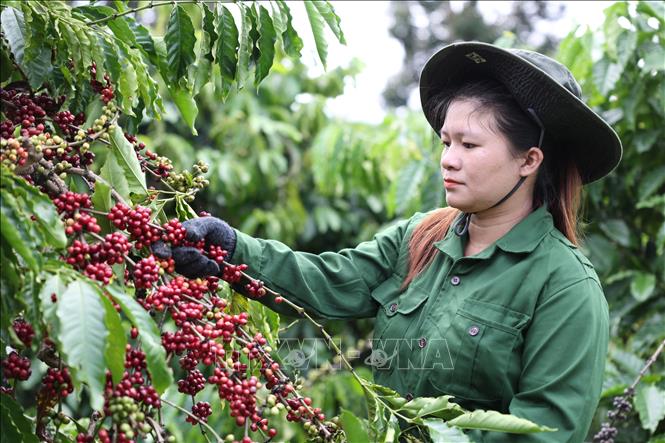
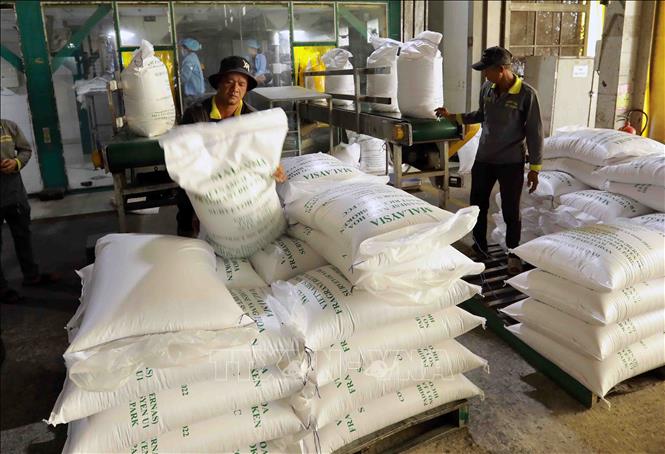
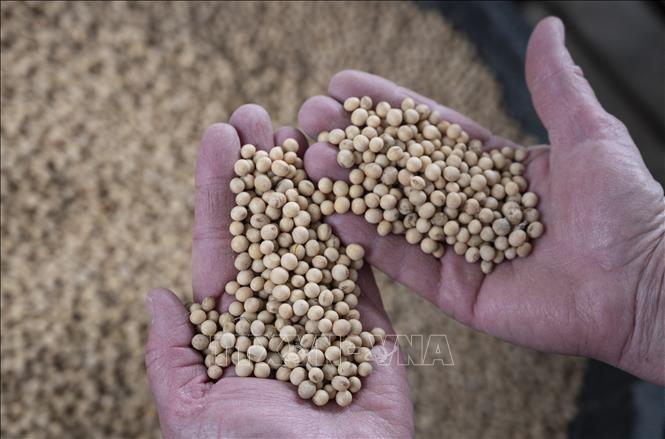








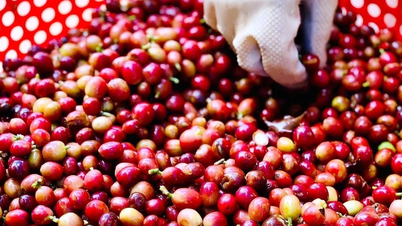




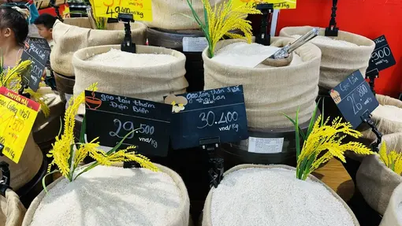


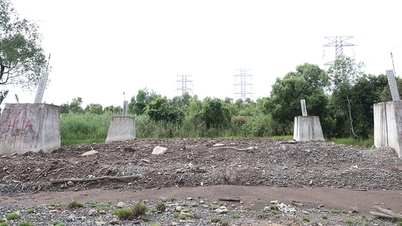

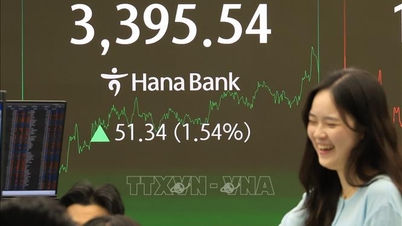
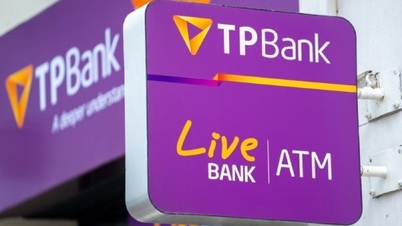

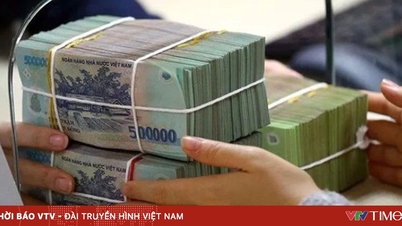







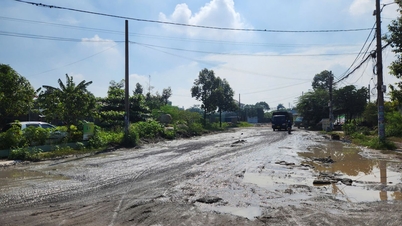
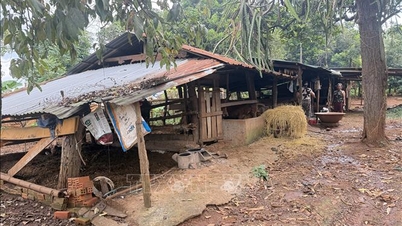





















































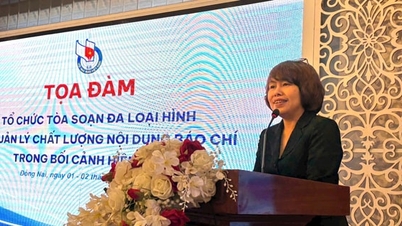













Comment (0)